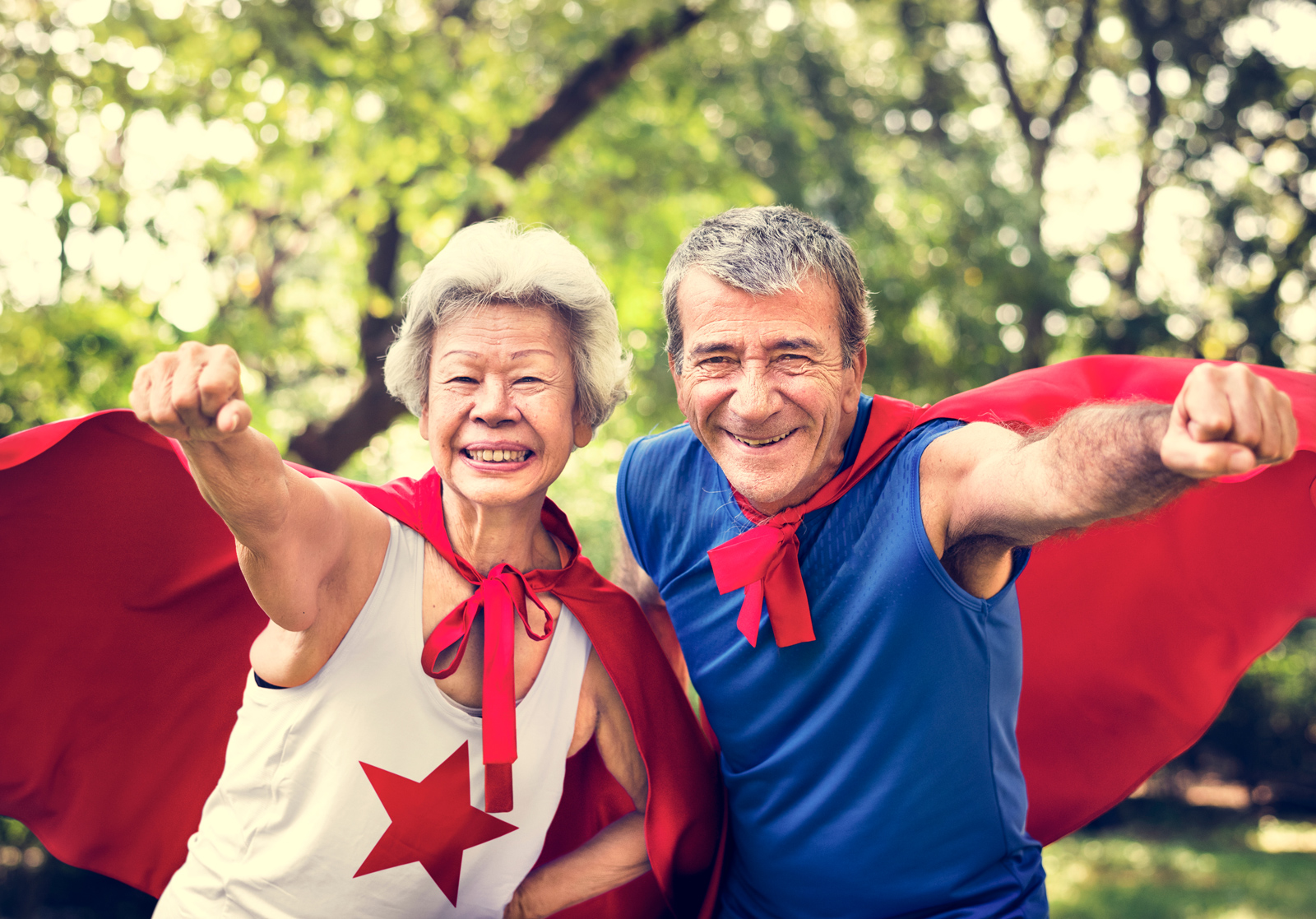By now, it should be no secret that physical exercise is highly beneficial for you; it helps to keep you trim and fit, improves your well-being, and even regulates your moods by releasing endorphins for that feel-good feeling. However, not many may be aware that being physically active can actually help stave off the onset of Alzheimer’s Disease and other dementias.
While not the number one risk factor of dementia (which is age), physical inactivity and the conditions it cause can still significantly increase your dementia risk. For instance, few know that heart and brain health are intrinsically linked, with heart and blood vessel disease able to accelerate the development of Alzheimer’s.
“Optimising cardiovascular health is important to prevent vascular events like heart attack and stroke, but also for maintaining optimal brain health and reducing cognitive decline,” says Deborah Levine, MD, an internist and neurologist at the University of Michigan.
Besides cardiovascular disease, there’s good reason why many deem sitting the new smoking. A sedentary lifestyle not only increases your risk of becoming obese, it may also reduce the thickness in a key area of the brain and integral to the formation of new memories, according to a study by UCLA researchers.
Active Lifestyle, Active Mind
As Maria Montessori once said, “Through movement we come in contact with external reality.” Likewise, being a person with dementia does not mean that you cannot enjoy a good quality of life. With some careful planning and supervision from family members and caregivers, a person with dementia can engage in purposeful and pleasurable activities that are good for their mind, body, and soul. These activities should ideally help to boost their self-esteem, maintain residual skills, and be enjoyable. When planning an activity, do take into consideration your loved one with dementia’s physical, mental, and emotional states, taking care not to overstimulate or dishearten them.
Dancing

Perhaps one of the best physical activities to involve a senior with dementia is dancing. One reason why dancing is always on the social calendars of senior citizen clubs is because when done safely and simply, it is an exercise that does not feel like exercise and contains an element of fun. Also, contrary to popular belief, everyone can dance (or at least groove and shake to a rhythm). Simple dances like line dancing and square dancing are also easy to pick up and involve lots of healthy socialising.
Gardening

Green thumbs or not, gardening can provide just the right amount of physical activity and stimulation for seniors of a slightly more creative and hands-on disposition. Nurturing a seed and watching it grow day by day can be highly motivating for them, not to mention the raking, repotting, and working with their hands promoting motor skills. Just ensure that you are present to offer help whenever necessary.
Tai Chi

There is a reason why tai chi remains popular with the golden generation. Affordable, requiring no special equipment, and feasible in a wide variety of settings in the community, tai chi is also a great way for able-bodied seniors with dementia to stretch their limbs as it is a safe, low-impact form of exercise that can be performed while sitting or standing. Studies have also suggested that it may slow the decline of cognition by increasing new growth of neuronal cells (neurogenesis), providing more blood to the brain by new blood vessel growth (angiogenesis) and reducing the inflammatory state of the brain.



